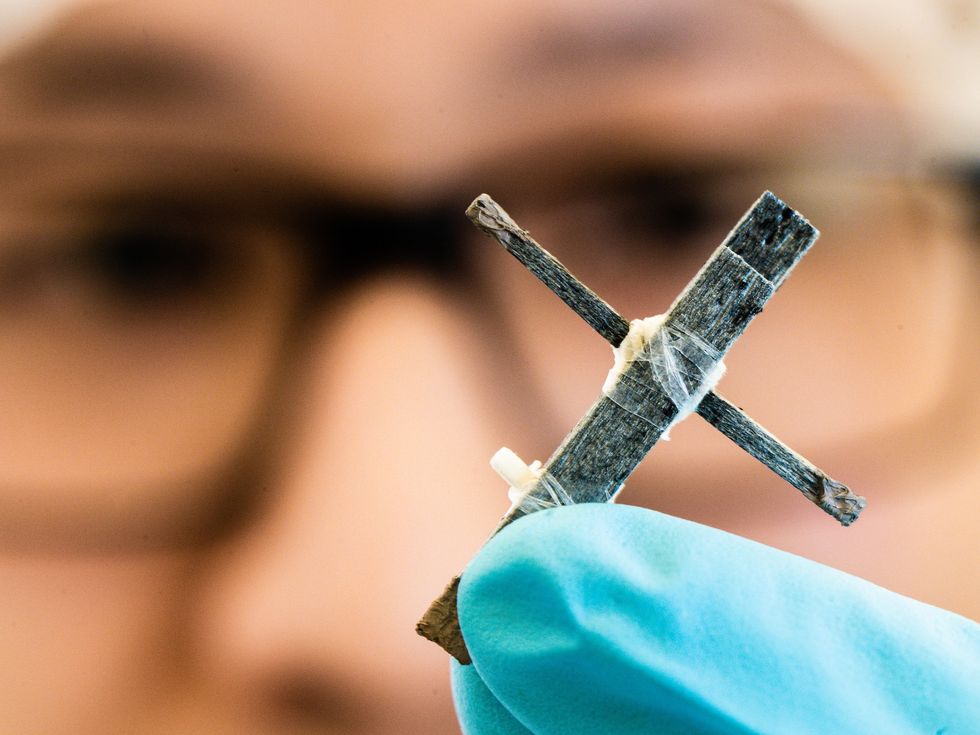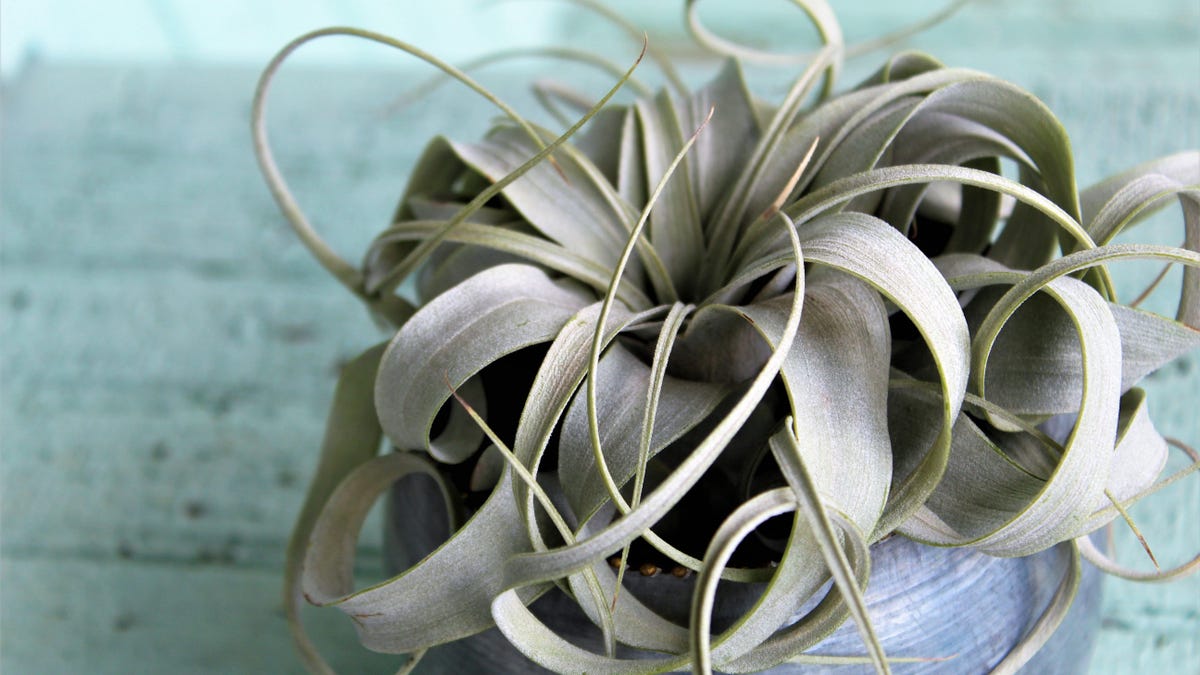If you’ve ever experienced dense smoke from a wildfire, you know how it makes you cough, burns your eyes and really just want to be anywhere else — like on a beach with a warm ocean breeze. But humans aren’t the only living things that can suffer adverse effects from wildfire smoke. Vegetation, including the plants and crops we survive on, can too.
While we can escape to the shore for a breath of fresh air, plants are stuck firmly in the soil, left to struggle against one of the smoke’s most devastating side effects: a sunless sky. Without sunlight, plants can’t photosynthesize, and that’s bad news for everyone, including the people who eat them, and more importantly, the farmers who grow them.
When dense smoke blankets swaths of agricultural fields for weeks at a time, crops grow smaller and ripen later, and farmers are left with a less productive yield.
The Green Machine: How Photosynthesis Works
To understand how wildfire smoke impacts photosynthesis, it’s helpful to know why sunlight is essential to photosynthesis.
“Since photosynthesis provides the energy for all the processes within the plant, many functions can be slowed by reduced rates of photosynthesis,” says Gordon Jones, an assistant professor of agriculture at Oregon State University. Jones works with farmers in southwestern Oregon and uses research to provide advice and resources to farmers. “Depending on the timing of the smoke, its density and duration, we could expect reduced yields from certain species, slowed ripening, or changes in the final quality of the crop.”
Almost every vegetation, from your summertime corn on the cob to algae in ponds, uses the process of photosynthesis to grow. It requires a trifecta of resources: plants take water from the soil, carbon dioxide (CO2) from the atmosphere and energy from the light — usually the sun — to create sugars. Sugars are what fuel the plant to keep on keepin’ on, i.e., to maintain life and grow. Without photosynthesis, plants simply can’t grow, and we’d have a lot less to eat.
Smoke and Mirrors
When dense wildfire smoke wafts in from fires miles away, it brings with it a heavy blanket of smoke particles. These particles act like tiny mirrors, reflecting the sun away from crops.
“When conditions are very smoky, those smoke particles scatter or reflect light and reduce the intensity of light that reaches the leaf,” Jones says. “With the light intensity reduced by a smoky sky, there can be less incoming energy to power photosynthesis and the process slows.”
Since photosynthesis powers all of a plant’s processes, from how fast they grow from seed to sprout to when they ripen, plants need access to quality light. When wildfire decreases light availability, many functions of the plant will suffer. That’s why heavy wildfire smoke, particularly in areas like the Pacific Northwest, is a concern for some farmers. Struggling plants mean a less productive yield.
Wildfire smoke doesn’t mean imminent doom for a crop, though. The success or failure of a crop that’s been affected by smoke ultimately comes down to timing. “In most cases, plants harvested for their fruit or seeds only have one chance to ripen,” says Jones. “Reduced light conditions from smoky skies will likely slow ripening, and perhaps if ripening is slowed sufficiently and an early frost occurs that frost could damage or kill the plants before the crop is harvestable.”
Jones remembers being called out to a pumpkin crop a few years ago. It had been a particularly smoky summer in Oregon. The Halloween market was approaching, and the farmer’s pumpkins were still green. Jones suspected that a smoke-heavy summer was the culprit of immature squash. That was not good news for the farmer’s yield come harvest.
“Pumpkins, headed to the jack-o’-lantern market, are one of those crops that have a deadline: Halloween. Those pumpkins may well have ‘recovered’ and turned color if the skies had cleared, but to the farmer, pumpkins only have real value the week before Halloween and are nearly worthless the week after.”
A Silver Lining for Farmers
Photosynthesis is a complex process, and with the recent increase of wildfires and drought in the western part of the United States, researchers decided to investigate the impact of smoke on plants more closely. Turns out, there’s a silver lining for farmers amid dull gray skies.
A 2020 study published in the Journal of Biological Research on wildfires in California looked at a range of plants and crops living in a smoke-filled sky. Researchers found that the amount of sunlight available lessened by only 4 percent.
In moderate amounts of smoke, the light was diffused instead of completely redirected, meaning sunlight was more spread out. The result was that bushier crops, like corn stalks, accepted light across the entire plant instead of just the topmost leaves, closest to the sunlight. Thus, they actually photosynthesized more not less.
“With more diffuse light bouncing around, those leaves deeper in the canopy receive more light and can photosynthesize at higher rates than they otherwise would in clear conditions,” says Jones. “A little bit of smoke or haze will increase whole-plant photosynthesis, but very dense smoke will intercept so much light that photosynthesis will be reduced.”
All Is Not Lost, Just Hazy
Jones notes that if farmers ensure that their plants receive plenty of water from the soil (through watering) and CO2 from the atmosphere (by making sure leaves are clean and free of ash) most crops can recover from dense smoke cover. In some cases, a moderate amount of smoke may even boost photosynthesis.
Obviously, it’s not a good idea to set a fire in your garden to get a jump on the season, but the silver lining amid wildfire destruction is that some plants benefit from the diffused sunlight that smoke creates. However, in situations where the smoke is dense and unforgiving for weeks, people, plants and our entire ecosystem suffer.
Note: This article have been indexed to our site. We do not claim ownership or copyright of any of the content above. To see the article at original source Click Here













